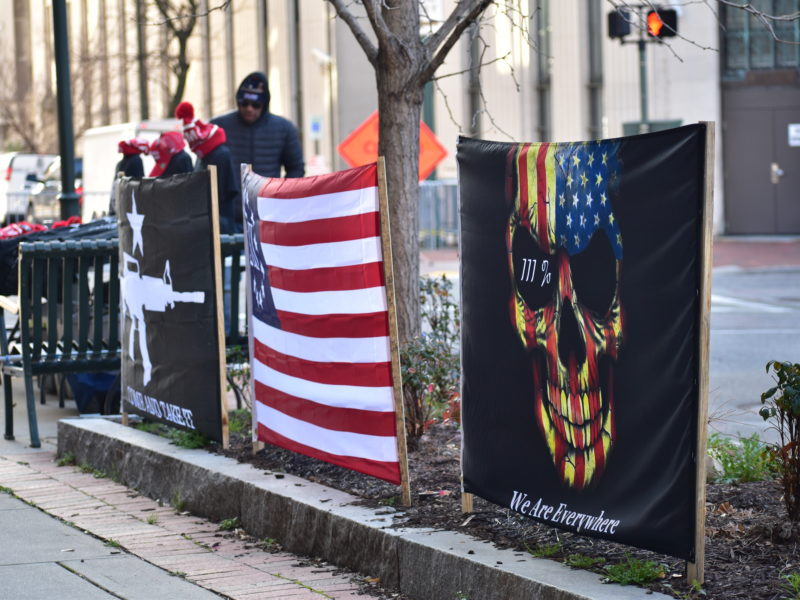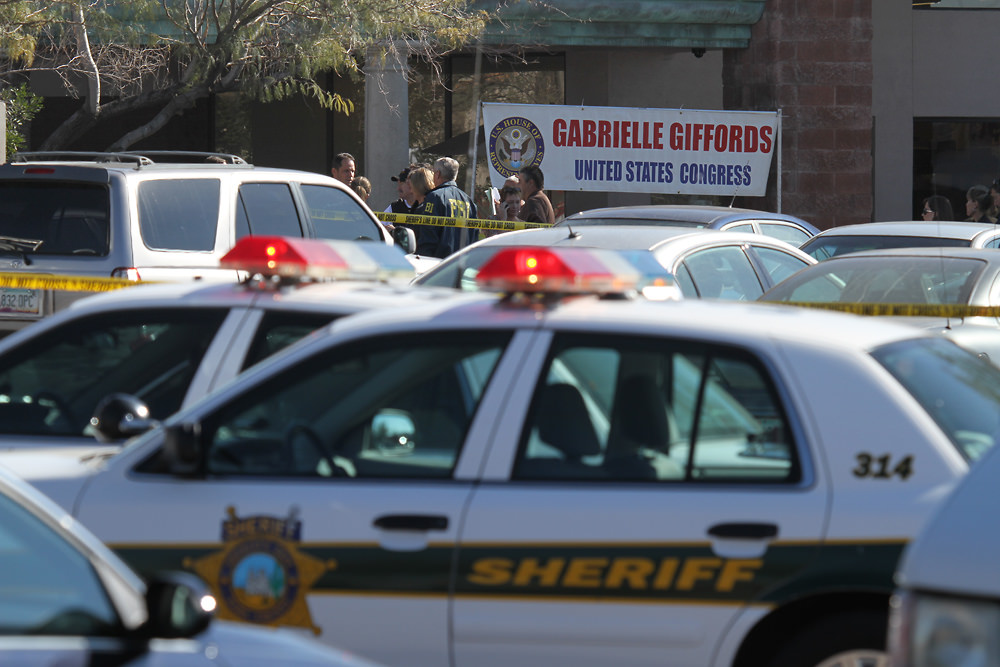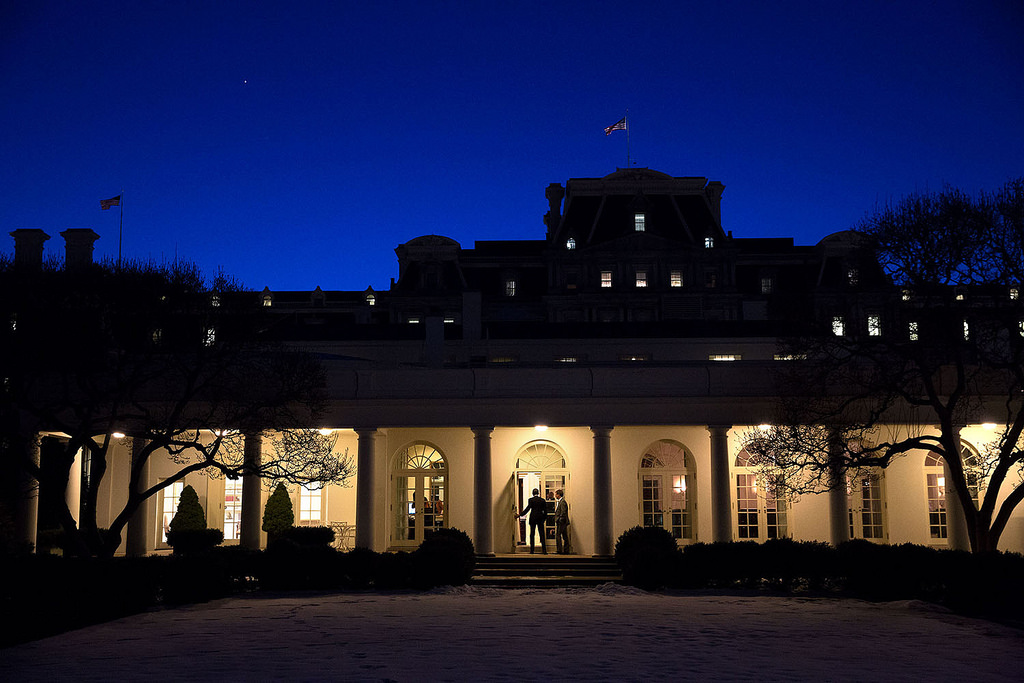Guest post by Paul Lorenzo Johnson
The escalation of activity by private militias in America transitioned from latent to actual insurrection in the deadly mob takeover of the Capitol building on January 6, with participation from various private militia groups. A related event, an armed group’s planned kidnapping of a sitting governor, was thwarted by law enforcement weeks earlier.
Addressing the narratives that draw men and women to extremism can help to reduce its appeal. Research on this topic, much of it in the context of the global war on terror—where narrative strategies have a growing following among national-security practitioners—provides a foundation to build on for fighting radicalization into right-wing extremism in the US. A close look at narrative strategies can also help law enforcement, homeland security officials, and politicians avoid words and actions that play directly to radical narratives.
Private militias are a manifestation of a larger cultural movement across the United States. Their sympathizers are, for the most part, neither violent nor organized, but many individuals are radicalized from that sympathetic population over time into active militia participation. Radicalization into private militias in the United States is largely fueled by narratives circulating on conspiracy theory websites and radio talk shows, and inside echo chambers on social media platforms like Reddit, 4-chan, and 8-chan. These narratives, or stories, purport to offer a coherent worldview that explains grievances, and supports individuals or groups in violent acts.
Though narratives can radicalize, they can also help to counter violent extremist (CVE) messages under certain conditions. Incorporating personal stories from former radicals, for example, is a frequently recommended approach to CVE. As explained by a report from the Institute for Strategic Dialogue, former radicals have “credibility, authority and authenticity” and “are able to talk to the futility and flaws of violence and extremism, describe the grim day-to-day reality of such networks, and delegitimize violence-promoting narratives…. [They] act as an embodiment of the counter-narrative message themselves.”
Best-practice guides for counternarrative campaigns are available online, including from academics, think tanks, and international centers of excellence. Critics point out that counternarrative campaigns are often poorly conceived and overly broad in their application. As an immature research area, empirical evidence about the effectiveness of counternarrative approaches is sparse. A recently published meta-analysis summarizes most of the experimental evidence currently available. That meta-analysis provides two main takeaways. First, for those already radicalized into violent extremism, there is no conclusive evidence yet about the effect of counternarrative messaging. (A single, more recent experiment with a well-educated sample of American Muslims suggests that some forms of counternarrative messaging can actually increase support for violent extremism for individuals already at high risk of radicalization due to rigid ideological views.) On the other hand, some counternarrative approaches appear effective at addressing some of the risk factors associated with radicalization, specifically factors like explicit bias or perceptions of out-group members as dangerous.
These two takeaways suggest that counternarratives need to be tailored to the intended audience. As argued over a decade ago by CVE scholars, people vulnerable to radicalization can be divided into neutrals, sympathizers, and justifiers, each of whom require separate messaging appropriate to their level of conversion to the radical cause. Cultural contexts are also vital to take into account.
Effective counternarratives also require knowing what not to say and do. For instance, the heavy-handed law enforcement approach taken against fringe elements at Ruby Ridge and Waco in the 1990s, each resulting in the deaths of innocent bystanders, fueled later radicalization. Those events reinforced radical libertarians’ ideologically deep-rooted perception of government tyranny, and became a fixed part of their narrative landscape—“creation myths for the modern militia movement.”
Law enforcement may be the most appropriate method for dealing with those already radicalized into militia organizations, especially since private paramilitary activity is illegal in every state in the country. From this perspective, the federal government was right to arrest many of the individuals who participated in the January 6 insurrection and charge them with breaking the law. On the other hand, the experience of Waco and Ruby Ridge also suggest that it is crucial to avoid overly heavy handed responses, which tend to reinforce extremist narratives and provide private militias with new recruiting material.
Taking the narrative landscape into account can also help screen out poorly chosen rhetoric that would reinforce perceptions created by those narratives. Sweeping generalizations by politicians and pundits about these groups obscure their diversity and motives. Some are white supremacists; many are not. For some, the chief driver is gun rights; for many, guns are merely the means, symbolic or otherwise, that enable participatory defense of liberty. Similarly, dismissive rhetoric about supporters and sympathizers plays directly into the private militias’ narratives about standing up to liberal elitism.
Much worse, the recent (extremely irresponsible) talk of civil war and military involvement in the transition of power by politicians and commentators plays directly to right-wing fringe narratives of the deep state and a coming collapse of government and society. Casual rhetoric like this can have long-term consequences for generating political violence.
Like all violent extremist organizations, private militias in America are fueled by narratives that purport to explain grievances and provide solutions to problems. Narratives help to recruit, radicalize, and mobilize individuals and groups to commit the kind of appalling action observed on January 6. Fighting radicalization effectively requires a dual strategy: employing targeted counternarratives to stem the ongoing recruitment process and taking account of the narrative landscape to avoid rhetorical landmines.
Paul Lorenzo Johnson, PhD, is an independent researcher.





